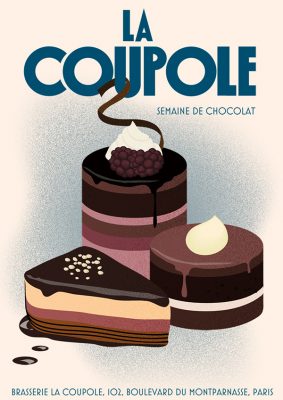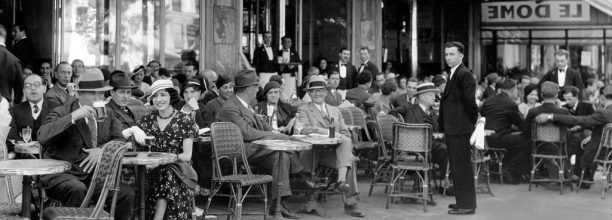Les Années Folles
“But Paris was a very old city and we were young and nothing was simple there, not even poverty, nor sudden money, nor the moonlight, nor right and wrong, nor the breathing of someone who lay beside you in the moonlight.”
― Ernest Hemingway, A Moveable Feast: The Restored Edition
During the Belle Époque, the district of Montmartre in the 18th arrondissement, which is on the rise of the Right Bank of the Siene River, was the center for the dandyism and aristocracy which characterized the artistic movement of that time, just before the world’s first industrial-age war tore the very fabric of European society apart.
In the aftermath of a war which involved over 20 countries and took the lives of nine million soldiers and seven million civilians, four empires disappeared: German, Austro-Hungarian, Ottoman, and Russian and four dynasties fell: The Romanovs, the Hohenzollerns, the Habsburgs, and the Ottomans. France was badly damaged and Europe was in a collective state of post-traumatic stress.
At first, the city of Paris struggled to regain its footing as a great city, to restore its former charm, culture and prosperity, but the economy eventually began to pick up, the city and the spirit of the people began to awaken and grasp onto the hope that they could really move forward from the soul destroying, terror of such carnage. Paris did recover and was soon embracing -with abandon- what would become known as ‘Les Annees Folles’, (The Crazy Years).
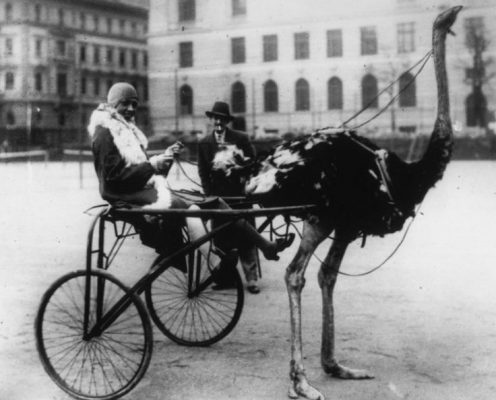
The period would last for little more than a decade and within two score years the world would again plunge itself into the unspeakable horrors of global war, when German tanks would roll down through the Champs Elyse.
But for a dozen or so years, until the Great Depression bit hard in the early 1930s, Paris was again a major city of art, literature and cinema; the artistic ferment attracting writers, artists and performers including Pablo Picasso, Salvador Dali, James Joyce, and Josephine Baker as well as the famous ‘Lost Generation’ of American expatriates in Gertrude Stein, Ernest Hemingway, F. Scott Fitzgerald, Ezra Pound, Henry Miller, Man Ray and more.
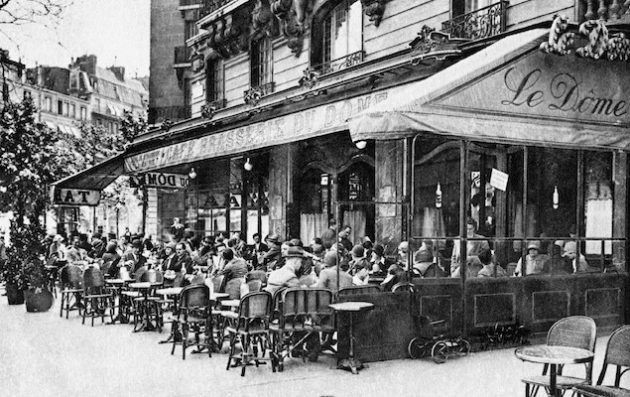
Post Great War, as shattered lives, communities, economies and emotions were still raw and unrepaired- it was the gritty, hardened and rough neighborhood of Montparnasse on La Rive Gauche, (the Lent Bank) that became the epicenter for a new bohemian, avant-garde arts community, a place where hard living, tough talking, impoverished migrants came for the cheap rent and the weak currency.
Virtually penniless and unknown as artists: painters, sculptors, composers, musicians, dancers, poets and writers came from all over the globe, Today they are household names and many of their works sell for millions of francs.
Somewhat prophetically, folklore has it that students in the 17th century who came to recite poetry in the then hilly neighbourhood nicknamed it after “Mount Parnassus”, home of the nine Muses in Greek mythology.
“Against the ruin of the world, there is only one defense: the creative act.”
-Kenneth Rexroth
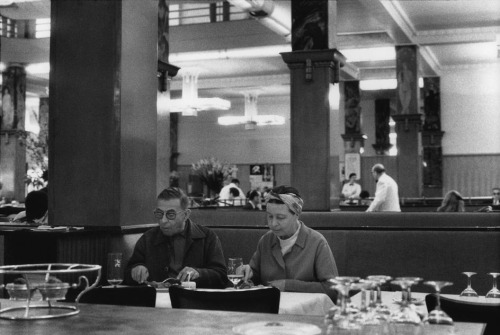
In the Paris of the crazy years the architecture was art deco, the music Jazz, the art surreal and the literature often focused on decadence and corruption. Coco Chanel released her perfume No. 5 in 1920 and introduced the world to the little black dress in 1925. Satre and Beauvoir were young students falling in love and the philosophy of Henri Bergson was flaming the passions that would give birth to existentialism.
27 rue de Fleurus was the address of Gertrude Stein’s famous salon, where she lived with her lover Alice B. Toklas in the 6th Arrondissement on the Left Bank. The salon was a renowned gathering place for artists and writers in the vanguard of the arts and letters of the time; visitors would flock to see her display of modern art, which included a great many paintings by Cezanne along with works by Picasso and Matisse, both of who were regularly in attendance.
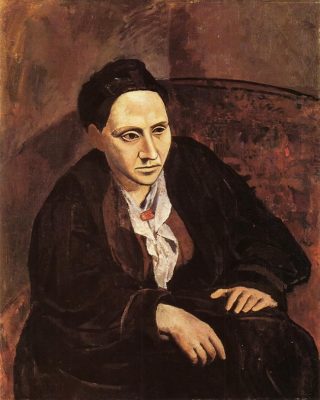
Henry McBride of the New York Sun wrote that Gertrude “collected geniuses rather than masterpieces. She recognized them a long way off.” James R, Mellow wrote in the New York Times in 1968 that the gatherings in the Stein home “brought together confluences of talent and thinking that would help define modernism in literature and art”. She was a champion of modern art, a mentor to Hemingway and an accomplished writer herself.
“Paris was always worth it and you received return for whatever you brought to it. But this is how Paris was in the early days when we were very poor and very happy.”
― Ernest Hemingway, A Moveable Feast
La Ruche, (The Beehive) was an artist’s residence in the 15th arrondissement of the Montparnasse district of Paris, its three story, circular structure giving it, its famous name. It was designed by Gustav Eiffel, originally as a temporary building to be used as a wine rotaunda during the Great Exposition of 1900. The Beehive was dismantled and reassembled as low cost studios for artists, the place was soon host to struggling migrant artists as well as a tribe of drunks and misfits who would usually be penniless and seek sustenance and conversation at the nearby soup canteen run by fellow artist Marie Vassilieff. It has been said that there are very few places on earth that could ever have housed such a collection of artistic talent as that of La Ruche during the ‘Crazy Years’.
In other parts of Montparnasse artist would hang out in café’s, brasseries and ‘bar Americains’, (bars serving U.S. style cocktails) looking to scratch out enough money to pay the rent, pay for their next meal and pay for their liquor. Hemingway noted of his time there that ‘hunger is good discipline’.
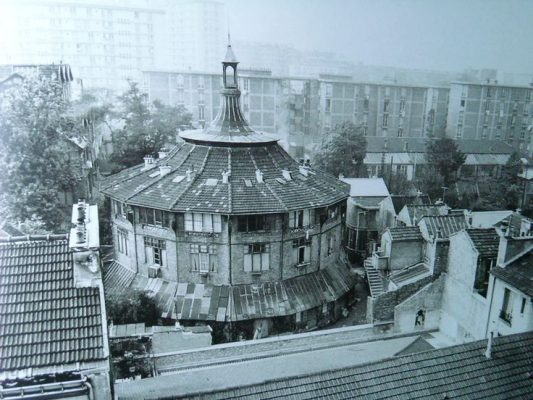
“The people that I liked and had not met went to the big cafes because they were lost in them and no one noticed them and they could be alone in them and be together.”
― Ernest Hemingway, A Moveable Feast
By the late 1920’s the economy was booming and the artistic fervor euphoric, Fernand Léger wrote of that period: “man…relaxes and recaptures his taste for life, his frenzy to dance, to spend money…an explosion of life-force fills the world.”
With prohibition in full force in the United States and Russia under the grip of communism, Paris was not only affordable due to its weak currency, it enjoyed political, social and sexual freedoms not available to citizens elsewhere in other developed nations of the world, there was freedom to express and freedom to enjoy and this is exactly what people did in the café’s, bars, bistros, brasseries, ateliers hotels and salons of Montparnasse.
“I aspired to see with my own eyes what I had heard of from so far away: this revolution of the eye, this rotation of colours…that could not be seen in my town. The sun of Art then shone only on Paris.”
Marc Chagall
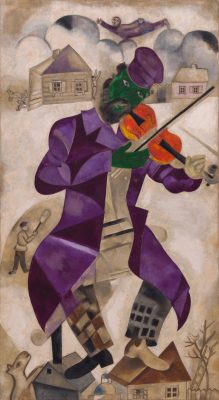
Many of the drinking and dining establishments of Montparnasse would become as famous in the 1920’s as the soon to become famous artists who loitered in them.
La Dome: Was said to be a place where a poor artist could order Saucisse de Toulouse and a plate of mashed potatoes for $1 and the many artists who gathered there became known as ‘Domiers’, Chapter 10 in Ernest Hemingway’s ‘A Moveable Feast’ is titled ‘With Pascin at the Dôme’.
Cafe de la Rotunde: Is depicted in a painting by Pablo Picasso who had a studio nearby, ‘In the cafe de la Rotonde’ as well as being featured or mentioned in the works of many other artists.
Le Select: Was mentioned in Hemingway’s ‘The Sun Also Rises’ and is the subject of a book itself, ‘Paris Café: The Sélect Crowd’, by Noel Riley Fitch.
La Closerie des Lilas: Is where Hemingway would come to write, preferring it to the other more crowded and familiar cafes, here he could work in isolation whilst seeking inspiration from the statue of Marshal Ney, Napoleon’s favorite general out front.
La Coupole: Is an art deco masterpiece it is the most famous Parisian brasserie in the world. Opened with great fanfare towards the end of the decade, (1927) it is said that one thousand two hundred bottles of Champagne were popped for the grand opening, attended to by over two and a half thousand people.
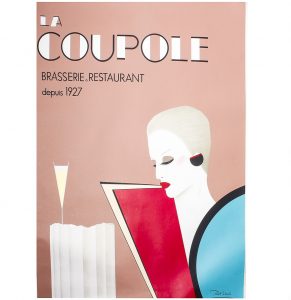
La Coupole came into being when two Auvergne natives, Ernest Fraux and his brother-in-law, René Lafon, who had been appointed to manage Le Dôme café were ‘let go’ by its owners in 1926. Having received generous severance packages they rented an old coal yard at 102 Boulevard du Montparnasse with the intention to build a restaurant.
The grand opening was in December of 1927 and as mentioned, it has passed into folklore that somewhere between 1,200 to 1,500 bottles of champagne were opened but this was not enough to sate the carefully selected two thousand five hundred guests.
Designed as a brasserie, the space was the largest restaurant in Paris at over 800 square meters, with a large open area supported by 32 pillars which plunge twelve meters into the earth and rise five meters up into the impressively high roof. The space can comfortably seat 600 guests and at one time employed 450 people. It has been described as a temple to art deco and it has been added to the Supplemental Registry of Historic Monuments, its artwork part of France’s artistic heritage.
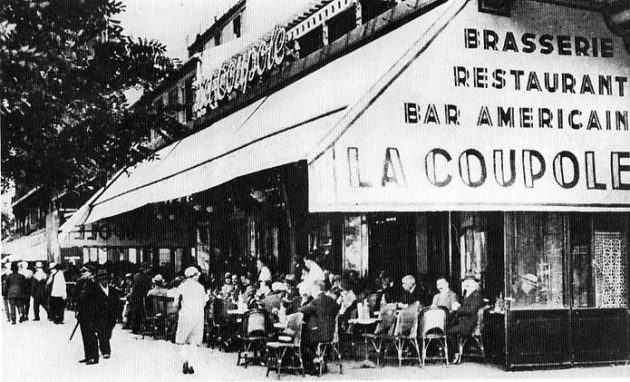
In 1927, a committee was formed which included Charles Dufresne – an influential figure in Art Déco, art critic Florent Fels and poet and historian André Salmon. Together they selected 27 artists faithful to the bohemian spirit of Montparnasse to decorate the pillars and pilasters of La Coupole. Legend has it that they were paid in beverages, but a bill rediscovered in 1993 revealed the total price of their services: 23,000 French francs at their 1927 value. The artists included Alexandre Auffray, Isaac Grunewald, Louis Latapie and David Seifert. The portrait of dancer Josephine Baker surrounded by ostrich feathers is by Victor Robiquet and Marie Wassilief painted the portrait of writer Georges Duhamel playing the flute.
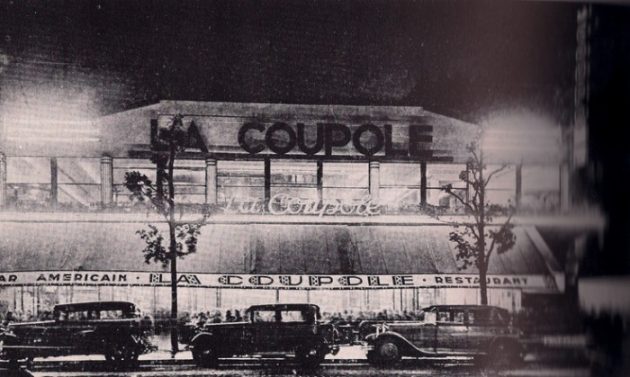
Today, the Parisian brasserie is still the most popular and celebrated in all Paris, serving exceptionally good food and beverages to the hordes of guests who come to admire the original art deco design, the famous paintings, sculptures and frescoes and immerse themselves in the living history of a place that was the very heartbeat of the Crazy Years, the modern art movement and of course, the lost generation.
“If you are lucky enough to have lived in Paris as a young man, then wherever you go for the rest of your life, it stays with you, for Paris is a moveable feast.”
― Ernest Hemingway, A Moveable Feast
Today, French eating establishments are synonymous with refined and sophisticated food in almost every major city in the world and there is a myriad of different types of establishments to cater to almost any budget and every palate.
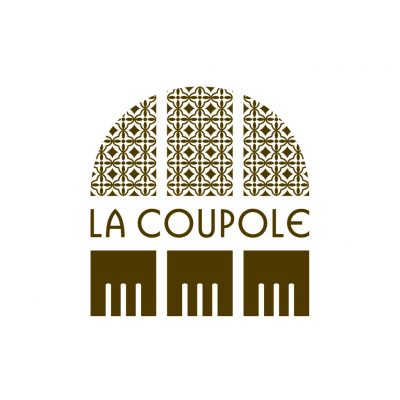
La Coupole, Hotel Sofitel Phnom Penh Phokeethra
Located on a large open area and set amidst tranquil, manicured gardens well away from the city’s burgeoning construction and snarling traffic, the hotel Sofitel Phokeethra brings the charm and the calm with its French colonial elegance, five-star luxury and stylish sophistication.
The large hotel and property boasts a Chinese restaurant, an Italian restaurant, a Japanese restaurant, a cocktail bar, club lounge, sports bar and its all day dining restaurant named in honour of Paris’ greatest brasserie ‘Le Coupole’, complete with an exceptionally high ceiling, carved wood paneling and tall pillars to match the legendary, stratospheric ceiling and artistically adorned pillars of the original.
The restaurant is a hive of culinary activity with live western and Asian kitchens to witness the culinary artistry, a bakery station, cheese station, dessert station, an ice-creamery, a floor to ceiling glass wine room and more.
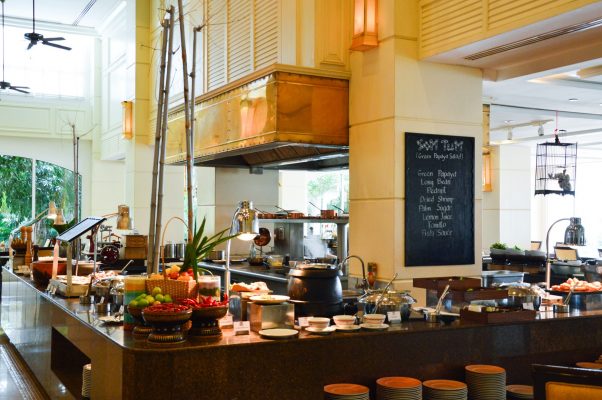
The atmosphere is vibrant, exciting and there is always something delicious and creative going on at Le Coupole; this atmosphere is paired with service that is friendly and exceptionally well trained. Weekend brunch with a Champagne free-flow is always a grand occasion, tremendous fun and not to be missed.
Bistronomy
Etymology
Blend of bistro + gastronomy
Noun
bistronomy
- French, casual, fine-dining: relaxing decor, quality food.
The term bistronomy first popped up some time in the 1990’s and expressed a desire by some, mostly younger chefs to express their talents and present sophisticated cuisine in a more relaxed and casual setting.
Whilst the grand dining establishments -with their prices high enough to reach for the stars- derided such a movement, very soon these bistros -serving sophisticated, high quality dishes at inexpensive prices- became the places where all the fun and excitement happened, they became the thriving hub of French gastronomy.
Today, bistronomy at its best sees well trained, technically adept and creative chefs allowed more freedom to experiment, to express their ideas and ambitions, to draw on outside influences and to keep prices down so that almost everyone can enjoy the experience. This makes the cuisine and venue fun, part of the community and not a dining museum reserved only for the best suit, the savings account and only on the most special of occasions.
The cuisine is modern, eclectic and lighter than much of traditional grand dining fare yet, it is an erudite concept with perfected execution, the main difference being that it must be affordable to the community and be about the quality and flavour of the produce and dish and not about the artistry or science capabilities of the chef and the kitchen.
Paris is at the epicenter of the movement with chef’s like: Gregory Marchand of Frenchie, Iñaki Aizpitarte of Le Chateaubriand, Daniel Rose of Spring, Stéphane Jégo of Chez L’Ami Jean and Giovanni Passerini of Rino all making reputations for themselves and their establishments that would be the envy of many aspiring Michelin star chefs. Now the concept of bistronomy has spread beyond France and around the world, incorporating local ingredients and techniques and creating ever more interesting dishes, dishes that above all retain a sense of fun, simple pleasure and affordability.
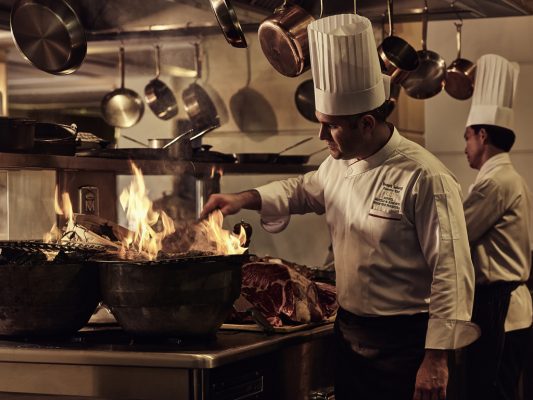
In Phnom Penh, Hotel Sofitel’s new executive Chef, Benoit Leloup, arrives having made a reputation for himself throughout Hong Kong and mainland China as a creative and technically brilliant chef with a passion for incorporating Asian ingredients and cooking techniques into his interpretations of modern French dishes. Benoit is joined in Phnom Penh by Food and Beverage Director Louis Cancel -whose time at the iconic Metropole in Hanoi, Vietnam saw the stately grand dining hall of a majestic relic revived as the exciting and essential culinary marquee it always was and was meant to be, now a must visit gastronomic destination for any traveler and gourmand.
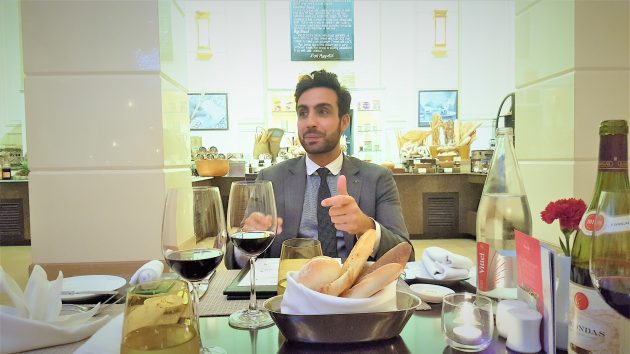
These two talented individuals have joined forces, bringing their formidable talents together to create ‘Bistronomy at La Couplole’, an expression of classic and contemporary cuisines showcasing French traditional and Asian traditional elements along with some of chef’s inspired creativity, which draws from his own culinary journey.
In a venue named for the traditions of dinning and revelry in one of Paris’ most famous venues, from one of its most renowned and celebrated era’s, a leap into the exciting and brave new world of modern French cuisine is shaking up the hotel dining scene in the capital of Cambodia.
